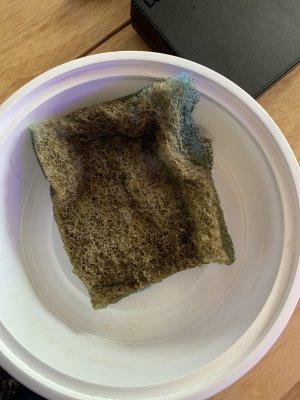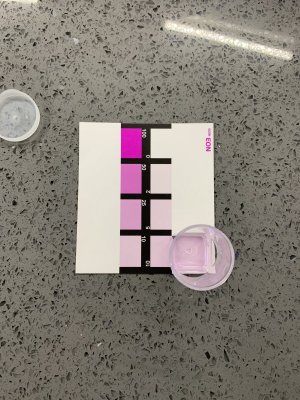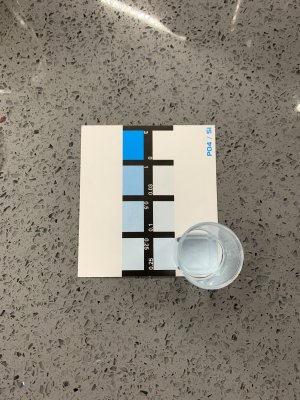- Joined
- Aug 14, 2019
- Messages
- 4,198
- Reaction score
- 12,164
Your magical 5x N/P ratio doesn't appear to be supported by your linked paper?
The paper clearly states the following;
In our experiments, a phosphate concentration of ~ 0.3 μM (0.0285ppm) at a N/P ratio of 22:1 yielded an overall healthy phenotype.
*Accordingly, it is likely that the absolute N/P ratio becomes also less critical for the proper functioning of the symbionts when phosphate concentrations exceed a vital supply threshold (> 0.3 μM) (0.0285ppm), even when the symbionts are rapidly proliferating.*
so if PO4 is maintained at 0.03 ppm or above, which is typically advised, a low N to P ratio becomes unimportant. It seems to me that suggesting an extreme low N to P ratio of 5x as optimal is misguided.
Perhaps the increase coral growth in your 7 month old system was just the result of the system maturing?
It did if you actually read it, it happens to the best of us.
I could continue posting a lot of other supporting material regarding how increased phosphates both on an absolute level and a relative level to nitrates increases growth but we’ve been through this before.
You don’t like coral research, I get it! Run your reef how you want!
This article addresses the relative P impacts in regards to N. The other research from the other phosphate thread were what displayed the impact from heightened P values on an absolute basis.
Not sure where you got this 7 month figure from but it sure seems like a passive aggressive jab.





















